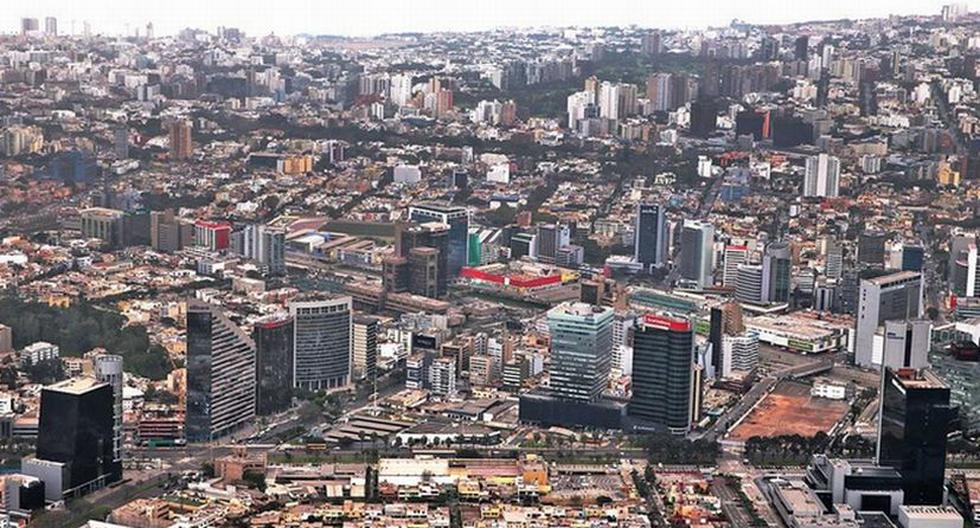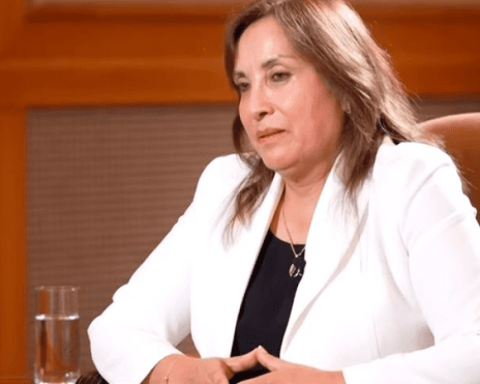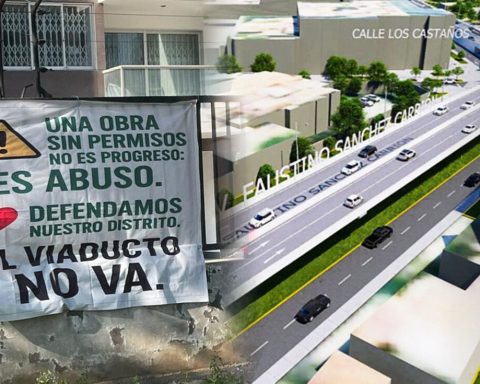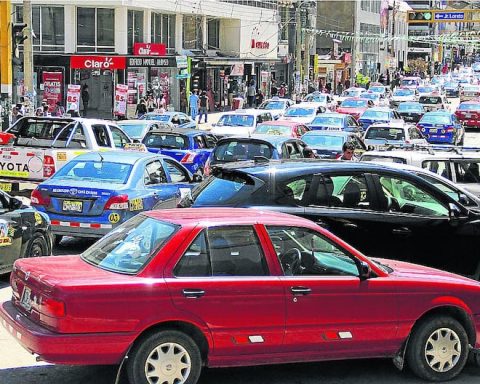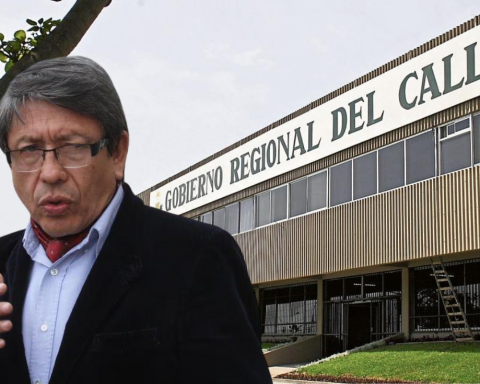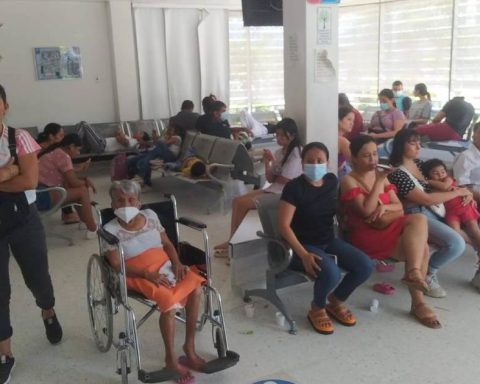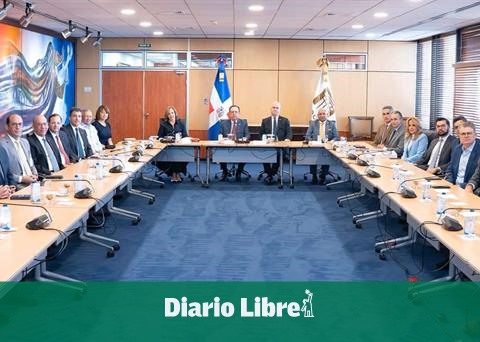It was a year of uncertainty and inflation. This is how 2022 could be described in a general way, since there were internal factors, such as the political crisis, and external elements, such as Russia’s invasion of Ukraine, which later played against the peruvian economy. However, there was also a series of events that, linked or not to the events already mentioned, also marked the year that he left. What were the events that affected the country’s economy and the pockets of Peruvians?
It is not news that 2022 began with a government that by then had already issued clear signals against investment, such as the threats made in 2021 about nationalizing Camisea gas and the announcement of the closure of four mines in Ayacucho (when at least one had presented a way to expand its activities). However, to the anxiety left by such messages would end up adding the effect of political uncertainty.
The Peruvian reality would lead to uncertainty intensifying again in January with the resignation, at the end of the month, of the head of the Presidency of the Council of Ministers (PCM), Mirtha Vásquez. The new cabinet, led by Aníbal Torres, was sworn in on February 8 and led to the arrival of the economist and former official of the Central Reserve Bank (BCR), Oscar Graham, at the Ministry of Economy and Finance (MEF).
The news was well received by the market, but it was interspersed with the appointment of ministers who were less than suitable for their positions, according to analysts. Some of the new ministers who arrived were Oscar Zea, for the Agriculture portfolio, or Betsy Chavezfor Labor and Employment Promotion, where he only dedicated himself to promoting decrees against private companies.
And to all this, on February 24, was added an event that was geographically distant from Peru, but that all Peruvians would feel in their pockets: the start of the war between Russia and Ukraine.
War and fertilizers
The support of the US and Europe, as well as most of the West, for Ukraine meant cutting off trade with Russia, which led to the jeopardization of a significant part of the gas, oil and fertilizer supplies that many countries, including Peru, imported from the land that once housed the Czars. In the case of Peru, one of the most severe impacts was suffered by agriculture, since about 80% of fertilizers were brought from Russia, according to the Peruvian Institute of Economy.
And if this already seemed like a lot, another factor would begin to play progressively against the pocket of Peruvians: both countries at war together produced almost 30% of the wheat worldwide, and only Russian oil represented close to 10 % of overall total. Such a cocktail of events ended up affecting the markets and raising the production costs of various industries.
At the same time, the Ministry of Agrarian Development and Irrigation (Midagri) reflected the level at which the public administration had reached, since since June several ministers sought to calm farmers, promising to import the scarce and expensive urea from international markets to offer it at prices more accessible to local producers, but the inability led to none of the tenders being successful.
Mining and decrees
Uncertainty had different faces depending on the sector, and one is social conflict.
Although an example is tourism, which at the end of the year was one of the most affected by the violent demonstrations, throughout 2022 mining suffered severely. In the case of this, it was the social conflict and the attacks on facilities that even led to the isolation of the worker. As happened with the copper mine Cuajone (Moquegua)from Southern Peru, where about 5,000 people were isolated and operations were paralyzed for 54 days. This implied more than 21 thousand tons of copper not produced and losses of S/8.5 million per day.
Another case was that of Las Bambas (Apurimac)where activities were paralyzed for 57 days from April 14, and caused the loss of more than 3,000 jobs and S/296 million in income tax and royalties collections.
The negative signals were not absent in the labor framework either, since in August 2022 the supreme decree that limited labor outsourcingand which meant an unexpected change for different companies that, due to the services they provided, saw their productivity affected and which, according to the Pyme Peru Association, put at risk, at the time, the jobs of more than 100,000 workers.
In the following weeks, Indecopi saw hundreds of complaints accumulate against the rule as a bureaucratic barrier and ended up suspending its application because it was considered as such.
In this way, the signs that favored uncertainty were many, but, as some analysts rightly say, the resilience of the Peruvian economy, and of Peruvians, was stronger.
Keep in mind
-Irregularities in Petroperú, during the administration of Hugo Chávez, also generated anxiety. Proof of this is that Fitch Ratings lowered the state company’s rating to junk bond.
-Fitch warned in December that the political crisis could lead the country to fiscal populism.
Hugo Perea: “We need to regain trust”
2023 will continue to be a troubled waters scene. On the external side, the consensus is anticipating moderate short-term recessions with a relatively quick exit in the United States and Europe, and a slowdown in China. Interest rate rises and inflation that has eroded the purchasing power of citizens in the countries with the most developed economies and in Peru as well, will of course imply a slowdown in global growth in 2023.
What I would highlight is that we have built a fairly resilient economy. There are strengths, we do not have significant macroeconomic imbalances like those shown by other countries in the region. The fiscal accounts are fine, they remain solid.
What is seen is that, by 2023, the entire consensus is waiting for investment to stagnate or a slight contraction of 2% due to lower investment from the private sector, because after Quellaveco there are no longer large foreign direct investment projects beyond the port of Chancay, which has already been in the GDP for a long time.
It would be unfortunate if we do not see a rebound in investment in mining given the good prospects we have for the price of copper as of 2024. The price of copper is going to rise steadily, not temporarily, but there are no new mining projects. large copper and the demand for the following years looks very strong.
The same Minister of Economy, Alex Contreras, is a magnificent technician. We need to regain business confidence. And you have to see coherence between what the minister says and what the entire cabinet says, and see that the rectory that the Ministry of Economy had on many issues is recovered.
